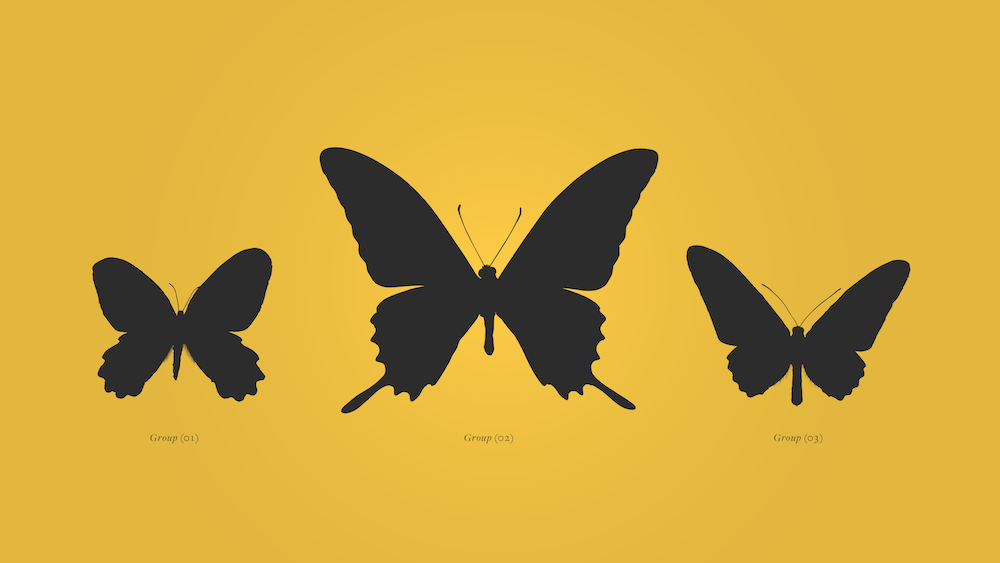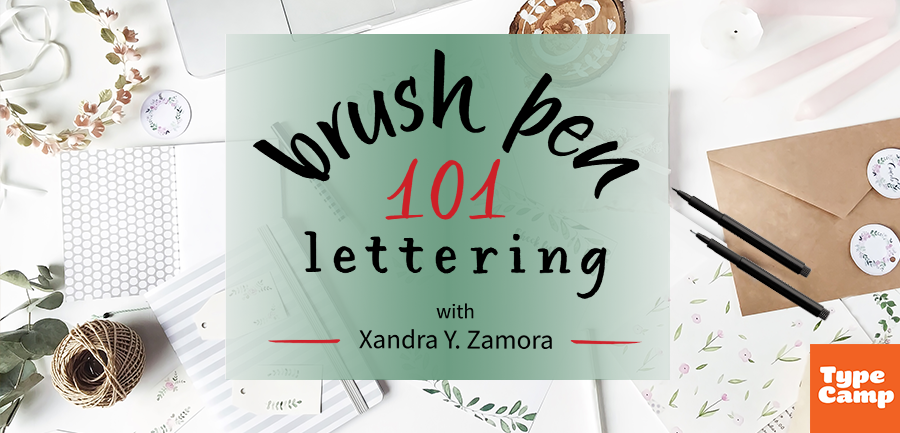Editor’s Note: In this series from the creatives at BKWLD, they’ll answer common questions from clients about experience and and digital design work.

Q: What is your process for creating archetypes, and how do you know you have the right ones?
A: When we kick off a project, we start out by learning as much as we can about both the client and its users. We use what we’ve learned to create a creating list of archetypes—a way for our team to relate to the most common use cases for our product. The true goal of archetypes is to answer a basic question—“Why would anyone ever use this thing?”
For example, if we were designing a website for a restaurant, two archetypes could be the “Person Ordering Takeout” and the “Person Making A Reservation”. Both of these users would be coming to the same site, likely both from a mobile device, but looking to perform a very different action.
If our research verifies that these are the two most common archetypes, we’ll structure the experience around identifying these site visitors as quickly as possible, and getting them to what they’re looking for as seamlessly as we can.
By thinking of a project through the lens of archetypes—very relatable, real-world scenarios, it allows us to prioritize features and optimize the experience for real users. This provides focus for stakeholders, ensuring we work efficiently and avoid chasing our tales on features that never get used.
How do we know that we have the right ones? That leads directly to the next question:
Q: What is your approach to user testing, and how does it fit into your agency’s workflow?
A: Without getting too lengthy for this column, my answer to your question is “it depends”, mostly on the goals and objectives of the project, but things like timeline and budget also come into play.
The terms “user testing” and “user research” are often used interchangeably, and while they both serve to educate us, they are a bit different. I like to think of user research studying for a test: asking questions, trying to find as much information as you can, so you come in fully prepared. Testing is, well, the test: you’ve put your idea out into the world, and users will let you know if it’s any good or not.
In our restaurant example above, research would involve learning about the restaurant, how their reservation system works, how their takeout system works as well as any pertinent information. We’d also learn as much as we could about their guests’ behavior and context. How are they learning about the restaurant? How are they arriving? Is there ample parking? Do they need a valet, or curbside pickup? All of these things could inform our work. A restaurant is a perfect example of how physical experience informs a digital one.
Testing could involve anything from running users through paper prototypes, showing early designs to friends and family, monitoring analytics and running A/B tests on the live site, or all of the above.
Research and testing can be a highly involved, expensive endeavor, or it can be down, dirty and done on the fly. Either way, it’s sure to be useful, so it’s best to do whatever you can with the resources at your disposal, and remember that there’s no one-size-fits-all approach.
Join HOW for Brush Pen Lettering 101, an online workshop:

This workshop is for those who want to learn the basics of brush/hand lettering. Start off the course with learning the basic supplies needed for brush lettering and how to use them, then delve into strokes and the beginning of hand lettering letter forms. As you work your way through this workshop, you will develop your own personal style of brush pen lettering. Learn more and register.








